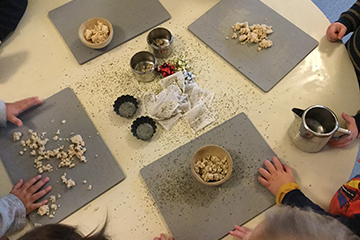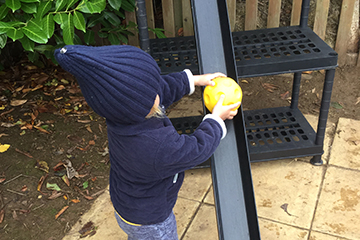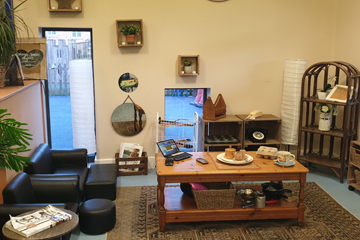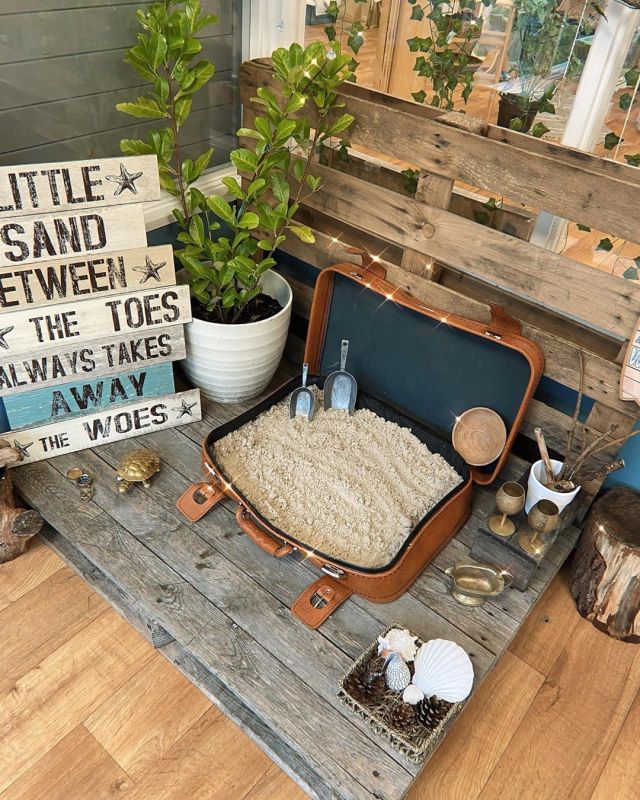@ Tetbury: 01666 503142
The Curiosity Approach
The Curiosity Approach is part philosophy, part aesthetic, and part curriculum. Designed to stimulate children’s natural hunger for learning and creativity, the Curiosity Approach emphasises thinking, exploration, and visual stimulation. Children are immersed in inspiring, calming environments where their innate curiosity can flourish. They are encouraged to make, theorise, and deconstruct, in stark contrast to some educational philosophies that draw rigid boundaries and preconceived findings.
Drawing upon various traditions within a global perspective, the Curiosity Approach focuses on cultivating opportunities for creativity. Children are celebrated for their process rather than the final results. Found-object repurposing, puzzle play, crafting, and tinkering are all core parts of the Curiosity Approach.
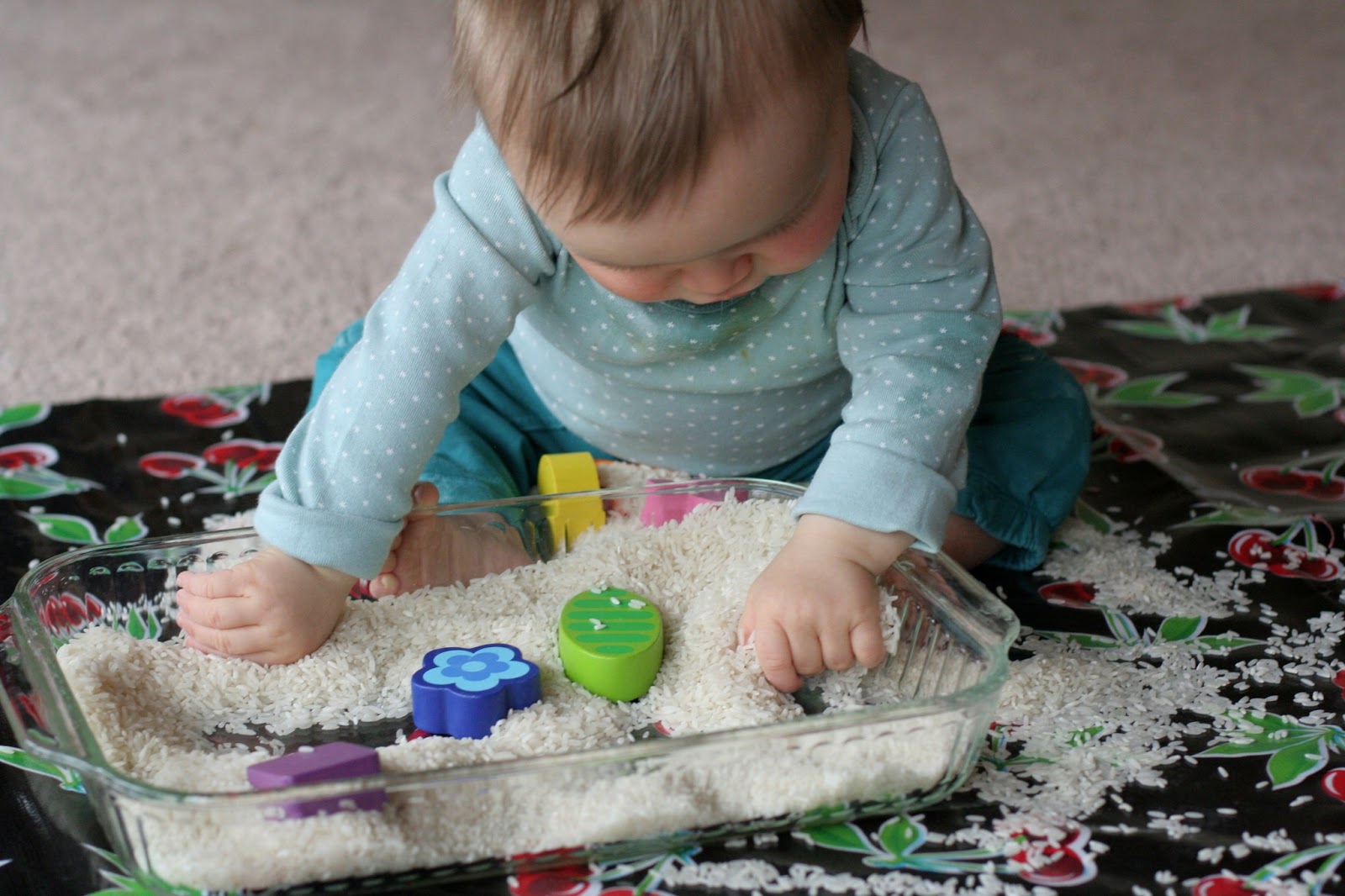
In addition, we use the Curiosity Approach to blend visual stimulation with calming natural colours, aiming for a harmony between the two. The aesthetic is designed to encourage exploration and invite children to play while developing mindfulness. At the heart of it all is the Danish concept 'hygge', meaning a feeling or moment that is cosy and charming.
The Curiosity Approach revolves around this inspirational comfort, providing an open space for play and learning.
